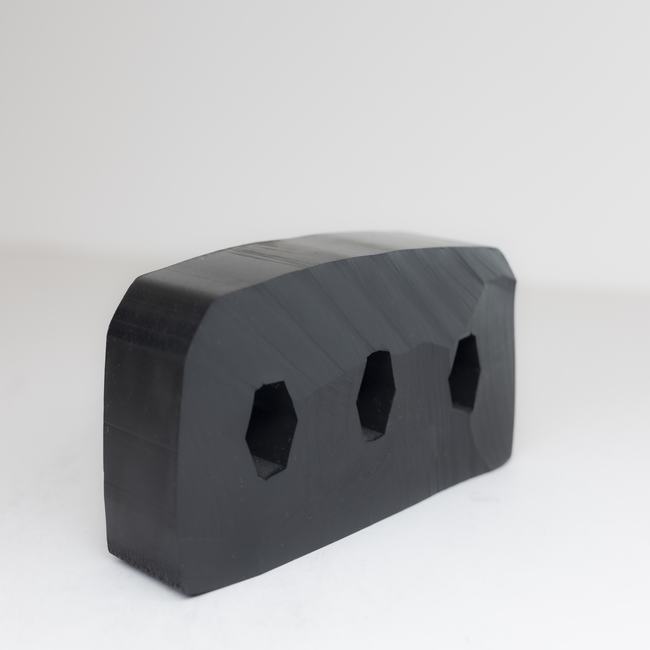“Ship seals” can refer to various types of seals used on ships and vessels. Seals on ships serve different purposes, and they are essential for the safety, efficiency, and environmental compliance of maritime operations. Below, I’ll describe some of the key types and functions of seals on ships:
**1. *Hull Seals:* These are seals that are used to maintain the watertight integrity of a ship’s hull. They prevent water from entering the ship’s interior, which is crucial for buoyancy and preventing flooding. Hull seals include gaskets, seals around doors and hatches, and seals around propeller shafts.
**2. *Bulkhead Seals:* Bulkheads are internal partitions within a ship that separate different compartments. Seals around bulkheads ensure that in case of damage or flooding in one compartment, water cannot flow freely into adjacent compartments, helping to maintain the ship’s stability and safety.
**3. *Shaft Seals:* Ships with propellers have shaft seals to prevent water from entering the vessel through the opening where the propeller shaft passes through the hull. Common types of shaft seals include stuffing box seals and mechanical face seals.
**4. *Cargo Hatch Seals:* On cargo ships, sealing the hatches is essential to prevent water from entering cargo holds. Rubber gaskets, inflatable seals, or compression seals are often used to create watertight seals around cargo hatches.
**5. *Piping Seals:* Seals are used throughout a ship’s piping systems to prevent leaks and maintain the integrity of various fluid systems, including fuel, hydraulic, and potable water systems.
**6. *Ventilation Seals:* Seals are used in ventilation systems to prevent air and water infiltration while maintaining proper airflow within the ship.
**7. *Lifeboat and Liferaft Seals:* Seals on lifeboats and liferafts ensure their integrity and buoyancy. These seals are crucial for the safety of passengers and crew in case of emergency evacuation.
**8. *Environmental Seals:* In some cases, ships may use seals to prevent the release of pollutants, such as oil or chemicals, into the environment. For example, oil containment booms and seals are used to contain oil spills.
**9. *Noise and Vibration Control Seals:* Seals can be used to reduce noise and vibration on ships, improving the comfort of passengers and crew.
**10. *Security Seals:* Security seals may be used to secure cargo containers or access points on ships to prevent tampering or unauthorized access.
Advantages and Importance:
- The primary advantage of ship seals is safety. Watertight seals prevent flooding and maintain the ship’s buoyancy.
- Seals also contribute to the ship’s efficiency by reducing resistance and optimizing the performance of various systems.
- Environmental seals help ships comply with environmental regulations and prevent pollution incidents.
- Security seals enhance the security of cargo and access points on board.
In summary, ship seals are critical components for the safe and efficient operation of ships and vessels. They serve various functions, including maintaining watertight integrity, preventing pollution, enhancing security, and improving comfort on board. Proper maintenance and inspection of seals are essential to ensure the safety and reliability of maritime operations.









